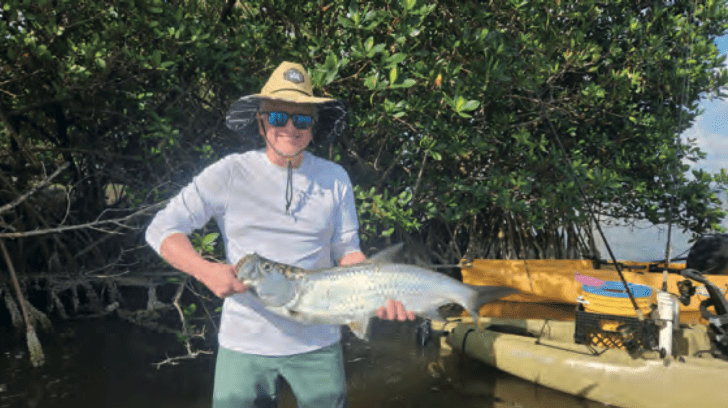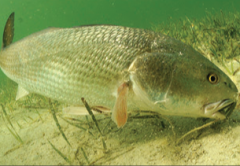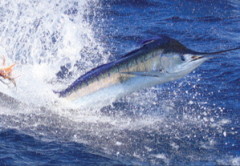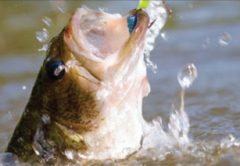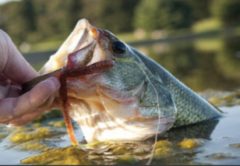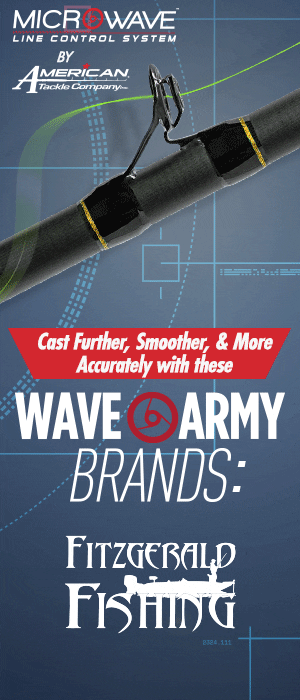As a fishing guide the fun of transitioning from our target species season to season is something that never gets old. Preparing gear and tackle along with anticipation of the memories to be made is almost intoxicating. Many nights are spent getting ready for the coming adversary. For me I’m a native Merritt Islander raised on fishy adventures around Pine Island Road where I grew up.
Preparation for one target species season stirs emotion like no other. The fish that holds a special place in my world and many others is the majestic Tarpon. The fact that I spent my formative years obsessed with my summertime friends at the end of the road mirrors the obsession that many people feel for one of the most interesting fish that swims. There are many solid reasons that the tarpon tops a lion’s share of angler’s bucket lists, and East Central Florida has tarpon fishing that can easily be rated in the world class category. From the juvenile lagoon fish to monster man size versions of tarpon that hunt the summer waters just outside the beach side breakers, we have it all and kayaks can reach them. Tarpon has many adaptations that make them so successful that they are known to be one of the oldest fish species found with fossil records showing them unchanged since before dinosaurs walked the earth. The ability to process breathable air as well as dissolved oxygen is an adaptation that allows their young to survive in water with oxygen levels so low that predators are scarce. However, this very adaptation and the surface roll they use to collect the supplemental oxygen is a dead giveaway to their presence and an indication of your chances to catch one. Challenging doesn’t even begin to describe the ebb and flow of tarpon fishing and personally that is one of the reasons they hold such a high regard to those who enjoy catching a fish or two. Summertime is tarpon time and May tends to be the kickoff to our season of catching this hard fishing gamefish. Though we can find a bite almost year-round the warmer waters of summer lead to increased numbers of happy fish. The Canals, ditches, and many other backwater areas will play host to tarpon in the 5-35lb range. Look at the open bridge spans that dot the lagoons for bigger fish in the 40-70lb range. You must hit the beach for the full-grown version, but plenty will be available for kayak anglers to the north and south. There is no doubt that as you read this, I am well past the beginning stages of preparation for a fish that I’ve dreamt about for as long as I can remember. Tight Lines from Capt. Alex.

